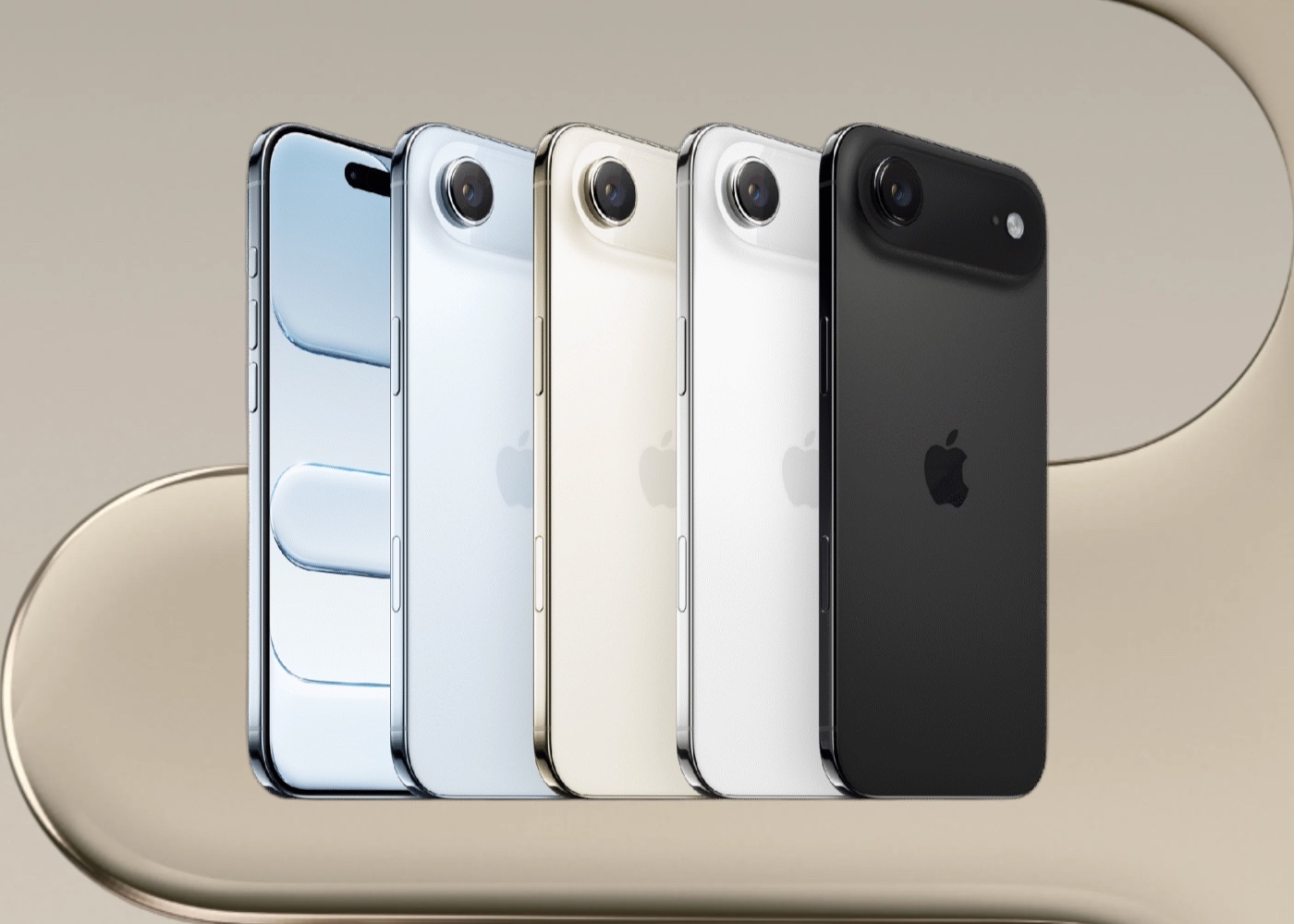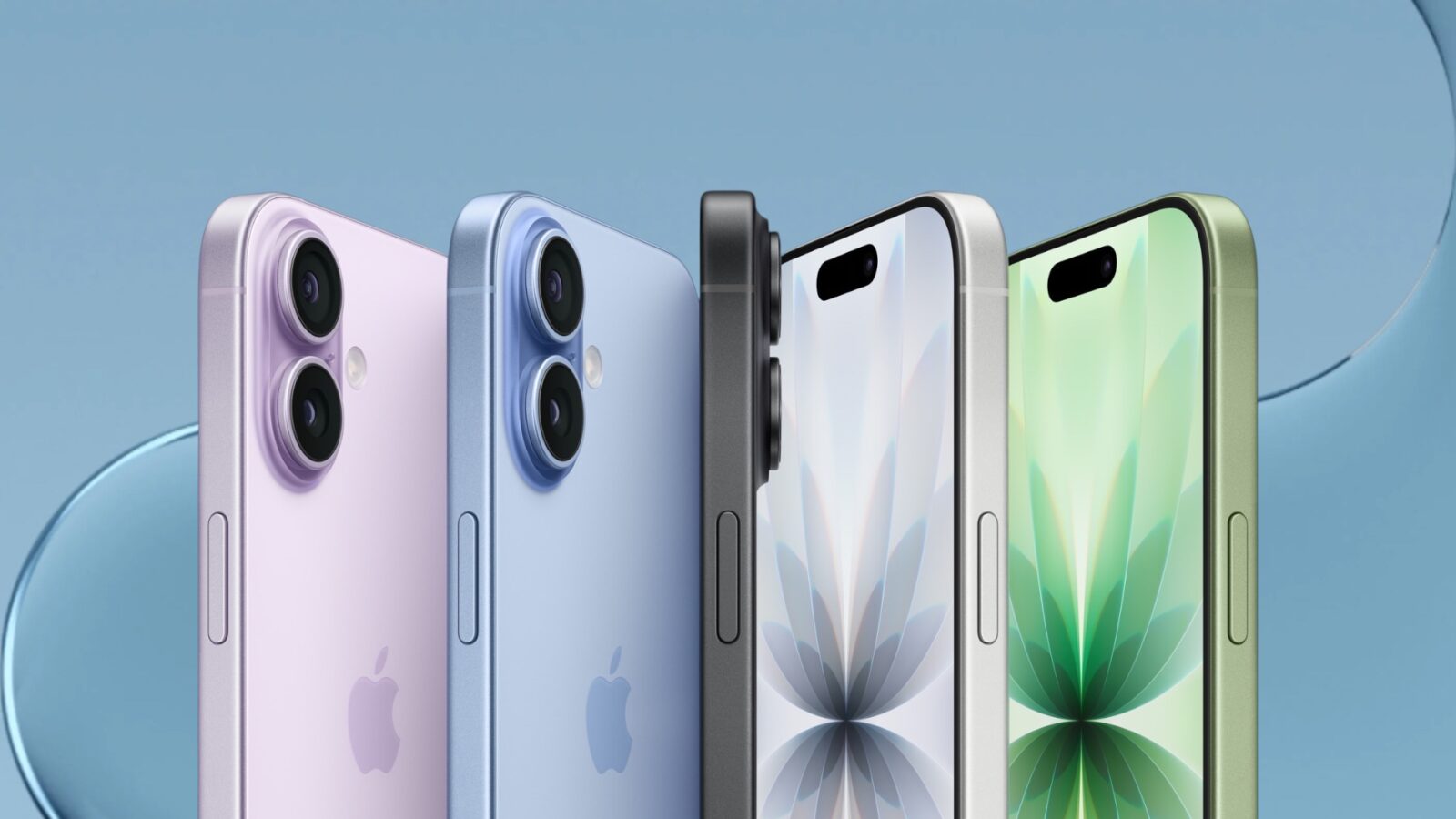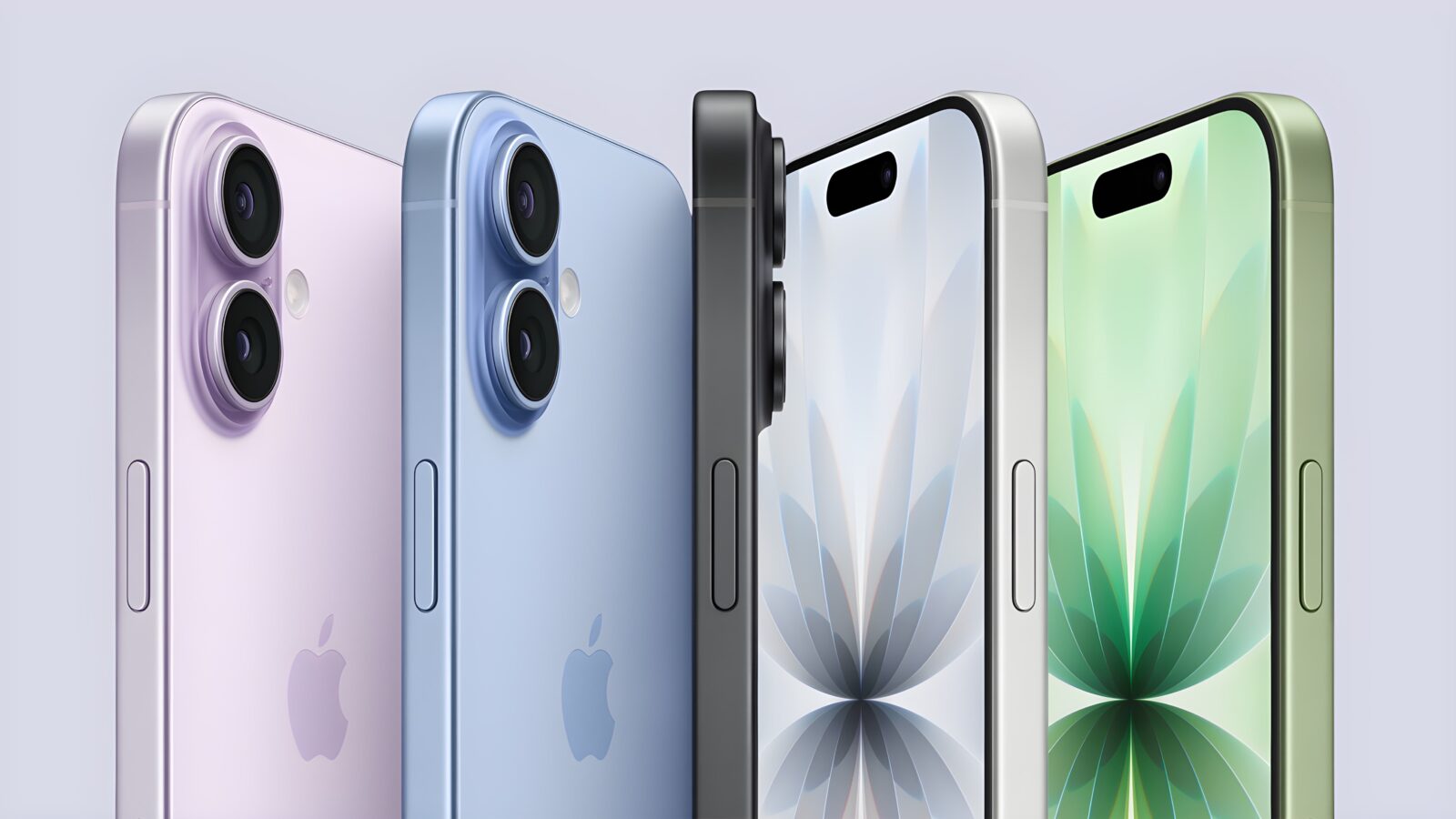Apple’s 2025 iPhone lineup isn’t just a refresh — it’s a reshuffle. Four models now define the family: iPhone 17, the ultra-slim iPhone Air, and the performance-driven 17 Pro and 17 Pro Max. Each comes with trade-offs in size, camera setups, build materials, and long-term performance, making the choice less about which is “best” and more about which fits your priorities. If you’re weighing iPhone 17 vs iPhone Air vs 17 Pro vs 17 Pro Max, here’s the breakdown that cuts through launch-day hype and focuses on the real differences.
Pricing lands where most people expected. The iPhone 17 holds at AED 3,399 and doubles base storage to 256GB. The new iPhone Air replaces the old Plus tier at AED 4,299, also starting at 256GB. The iPhone 17 Pro is set at AED 4,699, again with 256GB as the floor. The Pro Max stays at AED 5,099 with the same storage bump. Preorders begin Friday, with retail availability on Sept. 19. If you were waiting to see whether tariffs or parts costs would push prices up across the board, that didn’t happen.
The iPhone Air is the headline change because of its shape and compromises. At 5.6mm and 165 grams, it’s dramatically thinner and lighter than the rest of the range, yet it keeps a 6.5-inch OLED with 1–120Hz ProMotion and a claimed 3,000-nit peak. The catch: one rear camera. If you relied on an ultrawide on the Plus models, you’ll miss it here. Battery life is rated for up to 27 hours of video playback, a step below the iPhone 17’s 30 hours and the Pro models’ 33 and 39 hours, but not catastrophic given the reduced mass. The Air also uses a titanium frame — the only model to do so this year — likely for stiffness at that thickness.
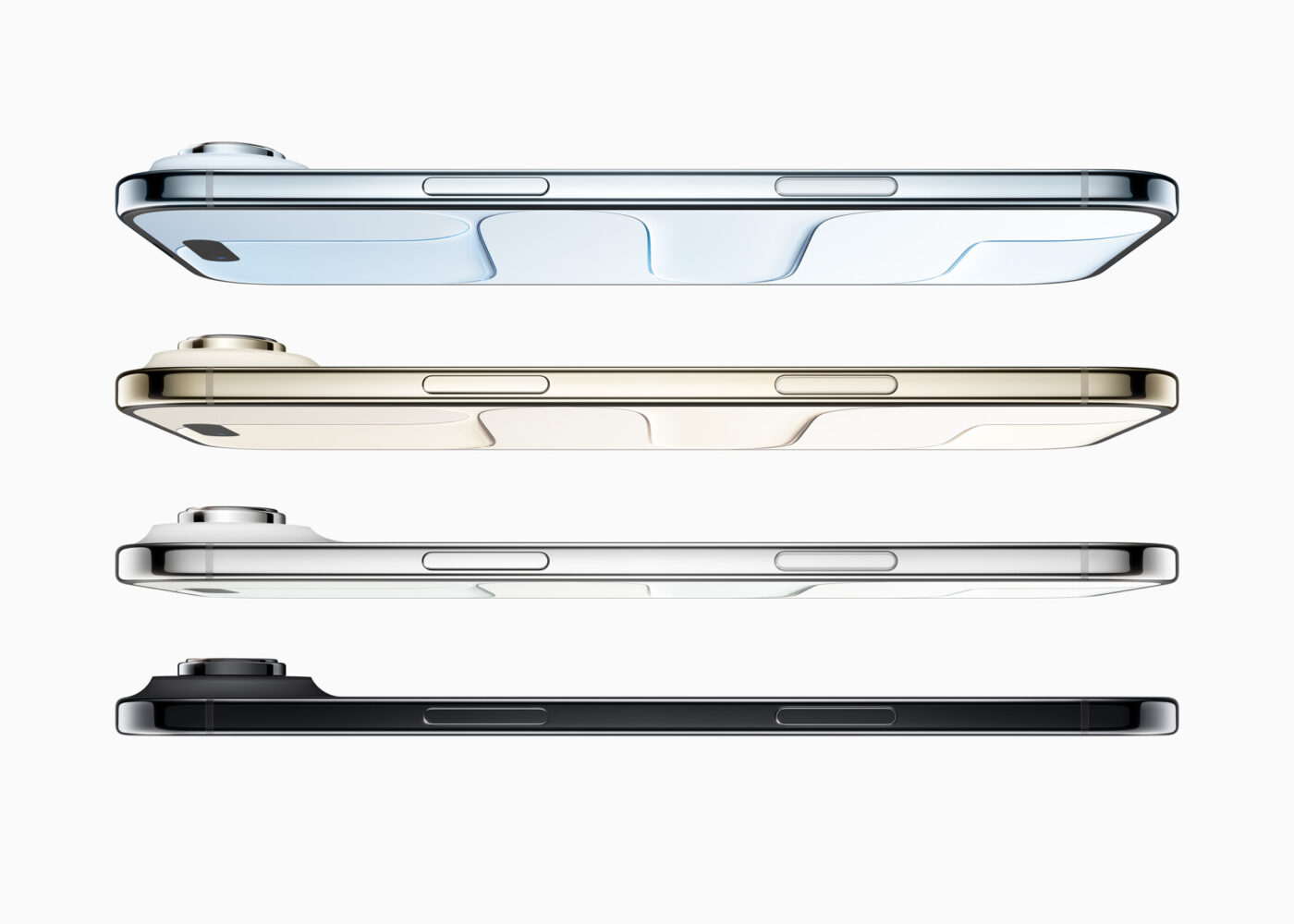
Displays and durability are more uniform than before. Every model now has ProMotion with a 1–120Hz range, Always-On support, and the tougher Ceramic Shield 2 on the front. Brightness tops out at a stated 3,000 nits across the lineup, which should help outdoors. Screen sizes break down as 6.3 inches for iPhone 17 and 17 Pro, 6.5 inches for Air, and 6.9 inches for Pro Max. The standard iPhone 17 also moves to a vertical dual-camera island, while both Pro phones adopt a wide rectangular bump spanning the phone’s width. The Air’s single-lens module keeps the back clean, but again, that simplicity means fewer focal lengths.
Cameras are where the “iPhone 17 vs iPhone 17 Pro” and “iPhone Air vs iPhone 17” comparisons are easiest to call. The iPhone 17 adds a 48-megapixel ultrawide to match its 48-megapixel main, a clear upgrade from last year’s 12-megapixel ultrawide. The Air sticks to one 48-megapixel main that behaves much like Apple’s recent 48MP sensors with 2x crop options. The Pro and Pro Max move all three rear cameras — wide, ultrawide, and the 4x telephoto — to 48 megapixels. Thanks to in-sensor crop, the 4x can punch to 8x at 12MP with a 200mm equivalent. Maximum digital zoom rises to 40x. Front cameras on all four models go to 18 megapixels, add Center Stage framing, and use a new square sensor that allows the quirk many have wanted for years: horizontal selfies while holding the phone vertically. If you shoot a lot and don’t want to think about workarounds, the Pro models retain a real advantage in zoom and flexibility.
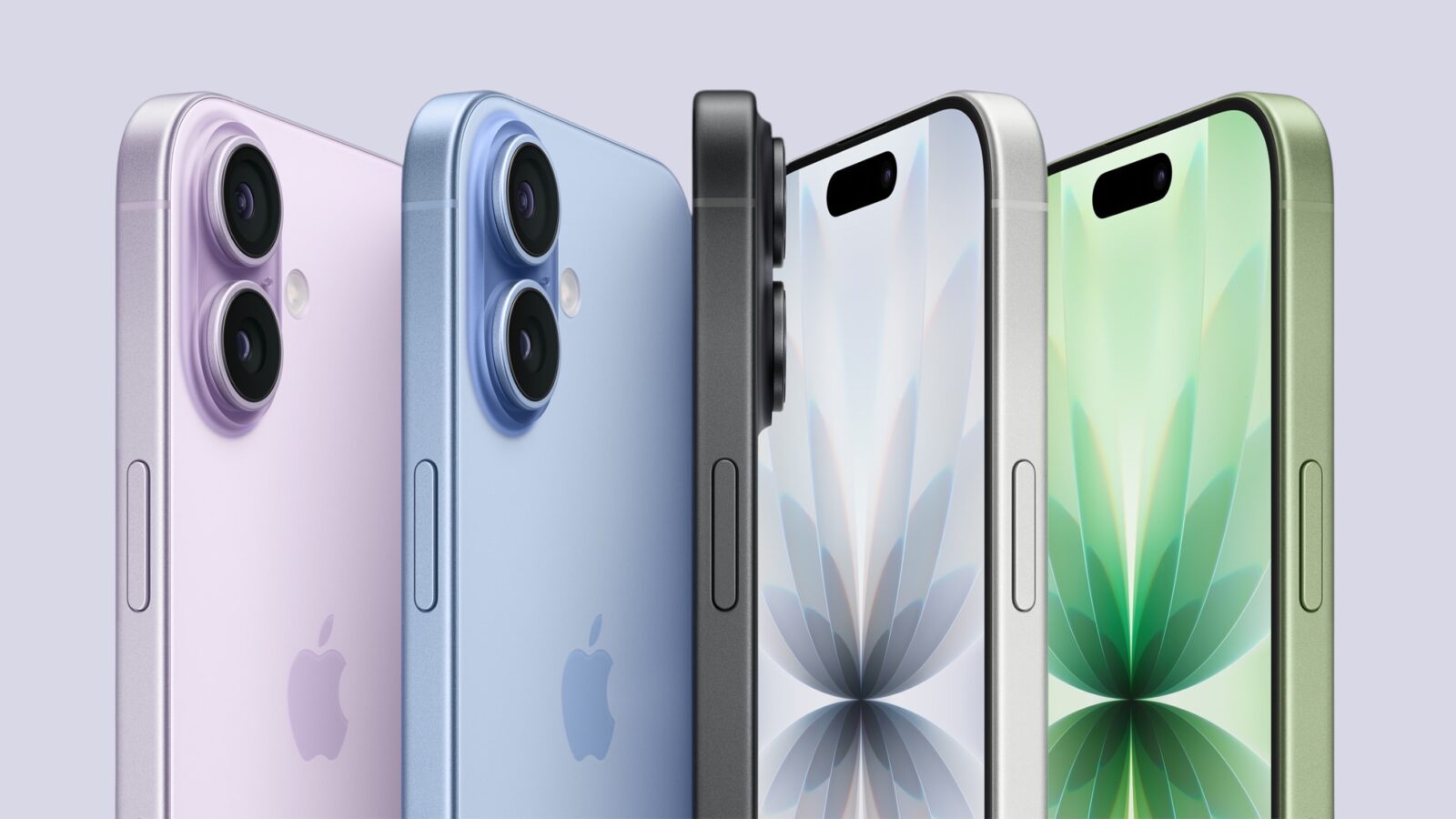
Performance splits into two tiers. The iPhone 17 gets the A19, with a 3-nanometer six-core CPU, a faster Neural Engine, and a Display Engine built for ProMotion and Always-On. Apple’s numbers peg it at 20% faster than last year’s A18. The Air and both Pros get A19 Pro, with more GPU throughput and neural acceleration on the graphics cores, plus modem differences: the Air adds an upgraded in-house C1 cellular modem. The Pro and Pro Max also receive the most aggressive thermal redesign, shifting from titanium to aluminum frames for better heat conduction and adding a deionized-water vapor chamber. Apple claims up to 40% better sustained performance versus iPhone 16 Pro — not peak bursts, but the ability to maintain speed under load. If you game, edit video, or plan to keep the phone through multiple iOS cycles, this is the most meaningful hardware story of the year.
Battery behavior, as usual, is expressed in video playback hours rather than milliamp-hours. The Air is 27 hours, the iPhone 17 hits 30, the 17 Pro reaches 33, and the Pro Max tops out at 39. Fast-charge claims vary slightly by adapter wattage and whether you use MagSafe or a cable, but the gist is unchanged: you’ll get to 50% quickly across the board, and the largest phone lasts the longest. All models share USB-C, Face ID, and the now-standard Action and Camera Control buttons.
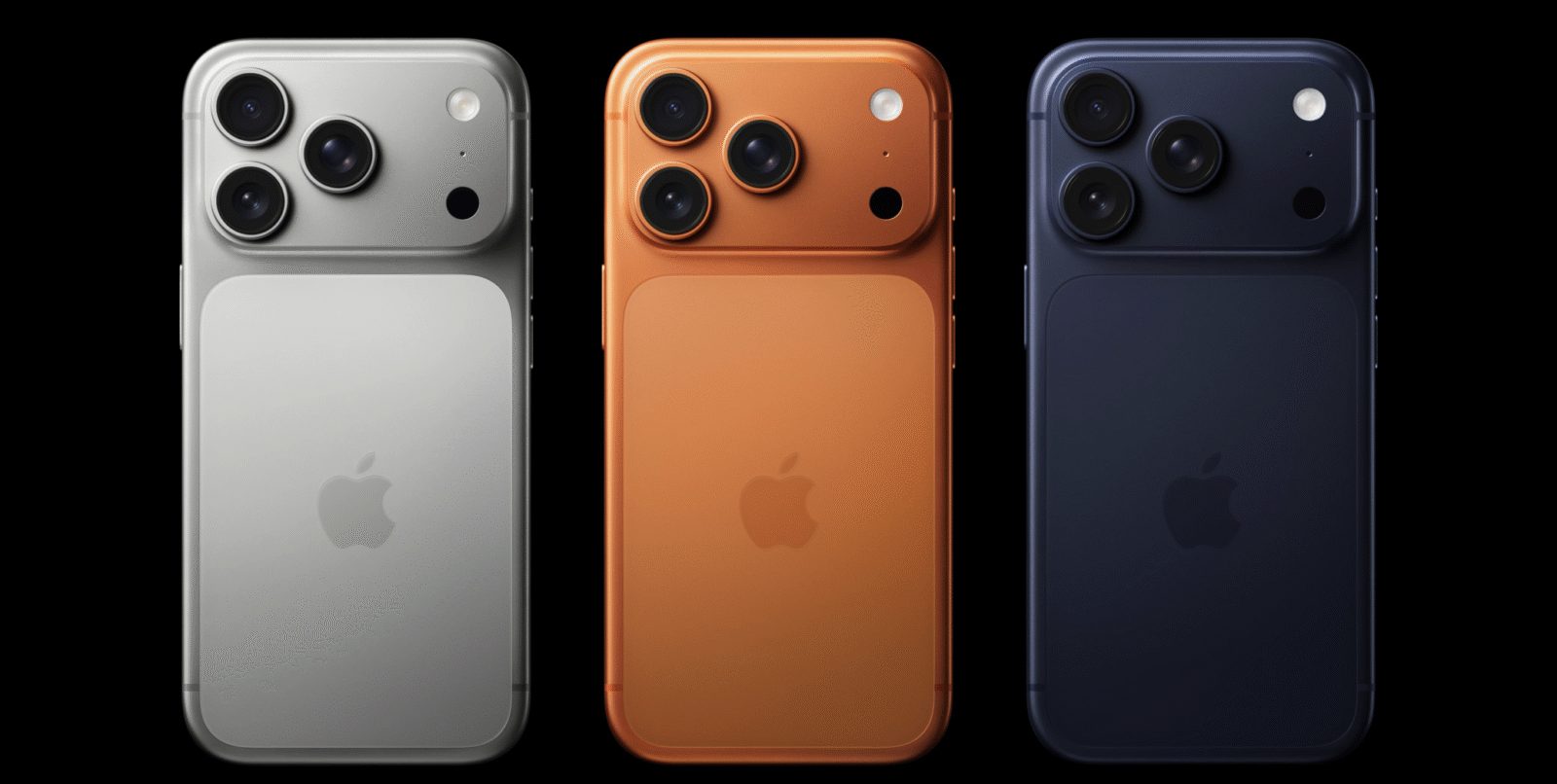
Connectivity and software are consistent. The new N1 wireless chip brings Wi-Fi 7, Bluetooth 6, and Thread for smart-home accessories to every iPhone 17 model. All four ship with iOS 26, which introduces a Liquid Glass interface refresh, more transparent lock screen options, iMessage updates, and tweaks across Safari, Photos, Music, and the Camera app. Apple Intelligence — the company’s generative AI layer — is present but unchanged in scope; there were no new AI tools announced specifically for this hardware.
Storage is generous by default. The iPhone 17 and Air start at 256GB, with the Air going up to 1TB. The Pro mirrors that and the Pro Max adds a 2TB tier for those who shoot a lot of ProRes or just never delete anything. Colors are a typical mix: the iPhone 17 in lavender, light blue, dark gray, silver-white, and green; the Air in light blue, light gold, black, and white; the Pro pair in white, dark blue, and a bright orange.
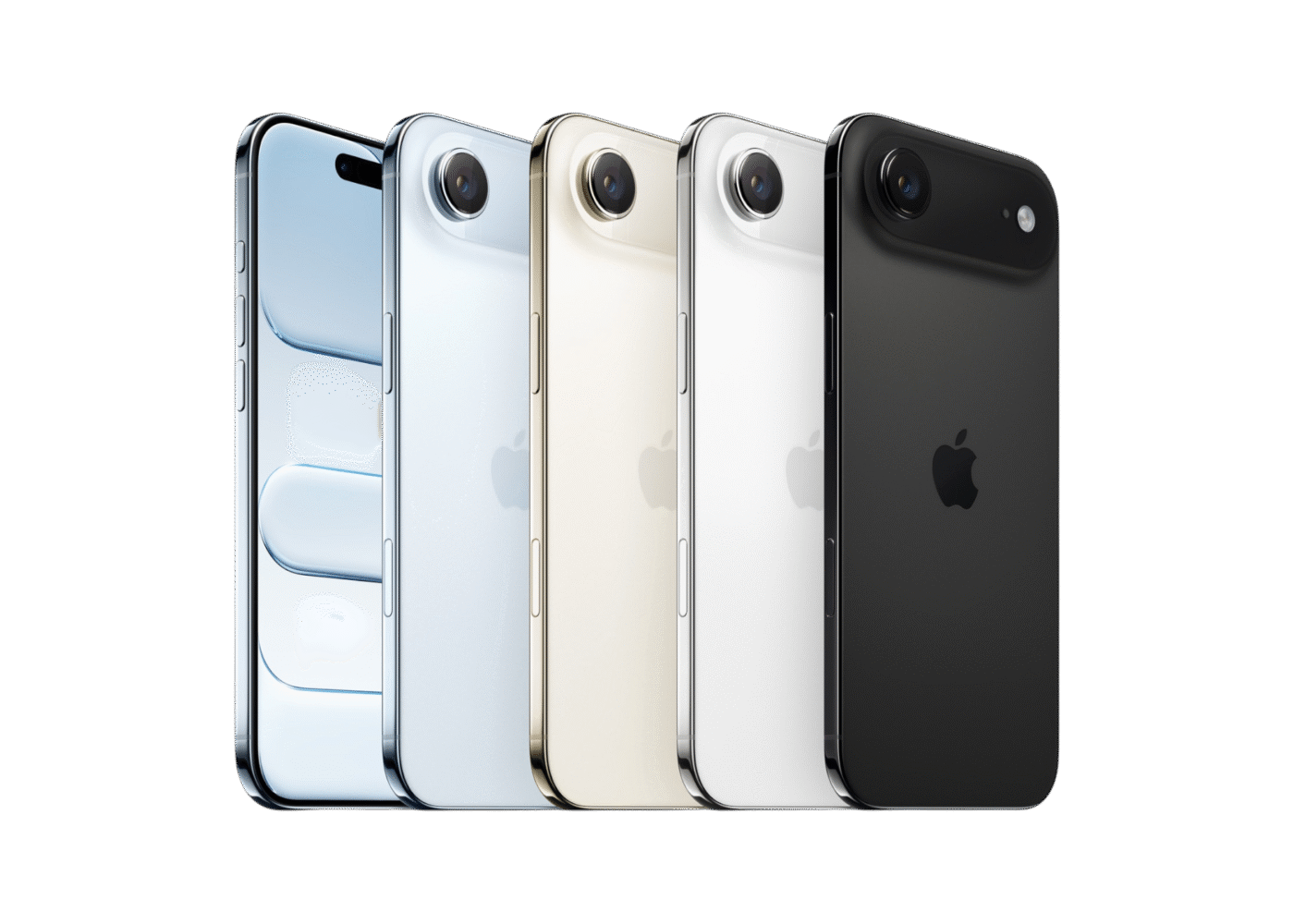
So which one should you pick in an iPhone 17 comparison? The iPhone 17 is the balanced default if you want two good cameras, ProMotion, and the lowest price. The iPhone Air is for people who care about pocket feel more than camera variety; it’s impressively thin and still fast, but the single-lens setup is a real constraint. The iPhone 17 Pro is the sweet spot for power users who don’t want a giant phone, with sustained performance gains that should matter in daily use more than marketing graphs. The iPhone 17 Pro Max is still the endurance and camera flagship, and the only one that can be configured to 2TB.
For searchers comparing iPhone 17 vs iPhone Air vs iPhone 17 Pro vs iPhone 17 Pro Max, focus on three questions: Do you need true optical reach and a dedicated ultrawide? Do you value a cooler, quieter phone during long tasks? And how much are you willing to trade for thinness? The answers will sort you more cleanly than any color chart or slogan.




